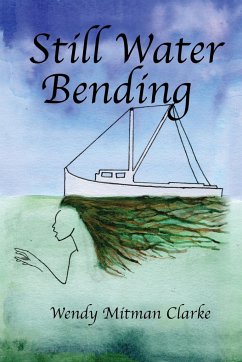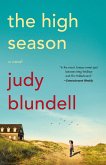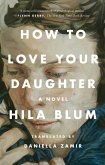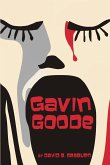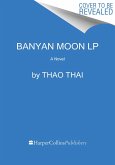In the river-born community of Ophelia, Virginia, on Chesapeake Bay, there are three religions: The Water, The Family, and The Land. For generations, this trinity has sustained a community of proud, independent people. But their way of life is dying. The fisheries are depleted. Third-generation waterman Jines Arley Evans clings to what little is left. His wife and son are long dead, his estranged daughter, Lily Rae, bitter at her father's emotional abandonment, far away. The family land and silent house, the workboat Jenny Rae, and the water, its rhythms, mysteries, and seasons are all that remain. But when a stroke threatens to take even those remaining fragments of her father's world, Lily Rae must leave her life as a journalist in Portland, Maine and return home to care for Jines. Thrown uncomfortably together, they must come to terms with each other and with their isolation from others. Maybe they can find common ground in an unlikely place, Jines's boat shed, where they once again try to build a traditional deadrise skiff together. As Jines's powerful life contracts, Lily's expands. She begins to see the place and people she had left behind through new eyes, including Jamie Cockrell, her once best friend. Now divorced with a beautiful young daughter, Jamie yearns for what few other young men of Ophelia still want-a chance, like Jines, to run his own boat and work on the water. Lily is falling in love, not only with Jamie and his daughter but with her home. Yet in the end, she has to make the hardest decision she has ever faced.
Hinweis: Dieser Artikel kann nur an eine deutsche Lieferadresse ausgeliefert werden.
Hinweis: Dieser Artikel kann nur an eine deutsche Lieferadresse ausgeliefert werden.

